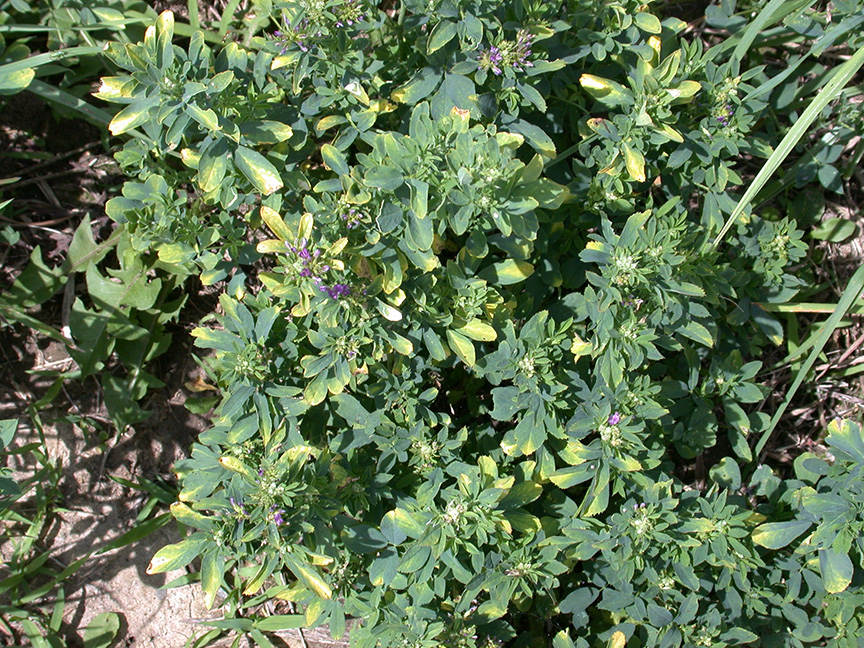Chris Penrose, Extension Educator, OSU Extension, Morgan County

If and when the seed can reach the soil in late winter while there is still freezing and thawing activity, clover can fill in bare spots and add to the density of the pasture stand.
In the past, as we’ve talked about the virtues of frost seeding, we’ve suggested it’s something that is best to occur in February or March during the period when the ground is freezing and thawing almost daily. In recent years freezing and thawing temperatures haven’t always happened after mid-February. Since it’s the freezing and thawing over time that gives frost seeding a great chance to work, the time for frost seeding may be upon us soon.
Frost seeding is a very low-cost, higher-risk way to establish new forages in existing fields by spreading seed over the field and letting the freezing and thawing action of the soil allow the seed to make “seed to soil” contact allowing it to successfully germinate. When you see soils “honeycombed” in the morning from a hard frost, or heaved up from a frost, seed that was spread on that soil has a great chance to make seed to soil contact when the soil thaws. I think the two biggest reasons why frost seeding fails is people wait too late to frost seed and the seed never makes good contact with the soil. I have heard some say that they like to “overseed” or just spread seed over an established stand. Let’s face it, if the seed does not land on the soil but on existing living or dead vegetation, it does not have a chance to successfully germinate: you need exposed soil. In light of the recent snow that’s arrived and/or expected throughout Ohio, it’s important to also note that frost seeding can be done over a thin layer of snow, however, it’s important to realize that rapid snowmelt can cause the seed to be washed away from where it’s needed. Continue reading Timely Frost Seeding Improves Pasture, Hay Stands! →
 A few weeks ago in the CORN Newsletter information was shared about scouting for this pest.
A few weeks ago in the CORN Newsletter information was shared about scouting for this pest.

 Potato leafhopper (PLH) adults arrived in Ohio during the last week of June and the first week of July. Since then, the eggs have hatched and we are now seeing late-stage nymphs and adults infesting alfalfa fields. A few fields are showing the typical “hopper burn”, which is a triangular yellowing from the center of the leaf to the leaf margin. The more mature the crop of alfalfa is since the last cutting, the more the hopper burn symptoms will be showing. Hopper burn will also become more pronounced in areas of the state that are short on rain or are predicted to become drier because the alfalfa will not be able to outgrow the feeding activity of PLH. Scouting now and making appropriate management decisions based on the scouting can help avoid serious damage to the crop.
Potato leafhopper (PLH) adults arrived in Ohio during the last week of June and the first week of July. Since then, the eggs have hatched and we are now seeing late-stage nymphs and adults infesting alfalfa fields. A few fields are showing the typical “hopper burn”, which is a triangular yellowing from the center of the leaf to the leaf margin. The more mature the crop of alfalfa is since the last cutting, the more the hopper burn symptoms will be showing. Hopper burn will also become more pronounced in areas of the state that are short on rain or are predicted to become drier because the alfalfa will not be able to outgrow the feeding activity of PLH. Scouting now and making appropriate management decisions based on the scouting can help avoid serious damage to the crop. 

 By Mark Sulc
By Mark Sulc